In modern days due to the change of climate and unhealthy diet, humans are facing lots of diseases. Among them, Grihadarsi, also known as "Sciatic Syndrome," is one of major problems among the 80–90% of the people. In this disease, people feel a pain which is starts from Sphik Pradesh and moves down to foot, and in extreme case, movement of the affected leg has been stopped, and walking pattern also changes like a bird vulture and put the patient in disgraceful condition. It is very challenging to cure this illness in the modern medicine and surgery. Aacharya Yogratnakara suggested that Aabhadi Churna (Abhadya Churna) is very effective for the Vatavyadhi Chikitsa like Grihadarsi. This churna is also referred in Bhaisjaya Ratnabali, named as ‘Abhadya churna’, used for the treatment of Asthisandhigata vata, Snayumajjagata Vata, Katigraha, Grudhrasi, Manyastambha, Hanugraha, Kosthagata rogas etc. The present review article gives an overview of this churna including its mode of action, clinical trials and also its individual ingredient’s brief overview
Ayurveda, Churna, Polyherbal formulation, Abhadya churna, Gridhrasi.
Important therapeutic uses:
Abhadya churna is used to cure the following all diseases like Asthigatavata (vata confine to bones), Sandhigatavata (osteoarthropathy), Snayugatavata (pain in due to accumulation of vata), Majjagatavata (bone marrow related disorder), Katigraha (Stiffness in lumbo-sacral region), Gridhrasi (Sciatica), Manyastambha (neck rigidity/torticolis), Hanugraha (lockjaw), Kosthagata rogas (All types of disorders of abdomen).9
Critical analysis on ingredients of Abhadya Churna:
Babul (Acacia nilotica):11,12
Acacia nilotica (L.), commonly known as babul is an important herbal plant of tropical and sub-tropical regions belongs to family Fabaceae of genus Acacia. This plant is enriched with many active secondary metabolites like tannins, flavonoids, alkaloids, fatty acids and polysaccharides which enhance its applicability in drug development. The genus of this plant majorly found in Africa, Middle East and Indian subcontinent (Hill, 1940, National Academy of Sciences, 1980, Simmons, 1987). This plant exhibits a number of significant pharmacological activities like antioxidant, anti-inflammatory, antibacterial, antihypertensive, antidiarrhoeal and antispasmodic, anthelmintic, antiplatelet aggregatory, anticancer and acetyl cholinesterase (AChE) inhibitory activities.
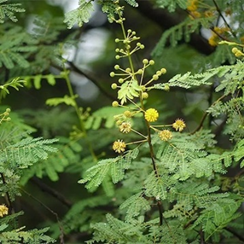
Rasna (Pluchea lanceolata):13,14
Pluchea lanceolata, a small shrub, belongs to the family Asteraceae and genus Pluchea. It grows mainly in sandy and saline soil of hotter parts of India including upper West Bengal, Uttar Pradesh, Punjab, Rajasthan and Asian countries. Locally it is known as ‘Rasna’, ‘Gandhamula Rasya’ and ‘Yuktarasa’. This plant is majorly used to for the treatment of rheumatoid arthritis allied disorders and neurological disorders. Secondary metabolites like triterpenoids, sterols, flavonoids and lactones are present in this plant. Various pharmacological reports have suggested different biological and pharmacological activities of this plant including antipyretic, anticancer, anti-inflammatory, analgesic, laxative, nervine tonic, uterine relaxant, anti-implantation and as well as immunosuppressant, contraceptive.
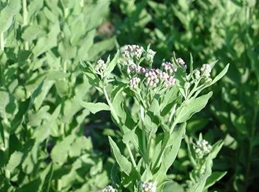
Guduchi (Tinospora cordifolia)15,16
Tinospora cordifolia, also referred to as Guduchi, belongs in the Menispermaceae family, is a significant natural herbal shrub in ayurvedic medicine. Guduchi is regarded as a nectar plant and is known by the Sanskrit term amrita for its immune-stimulating, cleansing, and revitalizing qualities.17 It grow in many tropical and subtropical nations, including Bangladesh, Thailand, Indonesia and Malaysia, as well as the Philippines, Burma, India, Sri Lanka, China, Philippines, and South Africa. Guduchi's roots, stem, bark, and leaves are all edible and medicinally significant portions of the plant. This herb contains a variety of beneficial biomarkers, including tinosporaside, tinosporine, magnosporine, berberine, choline, jatrorrhizine, palmatine, beberine, giloin, giloinsterol, and other phytochemicals classified as alkaloids, glycosides, aliphatic compounds, diterpenoids, sesquiterpenoids, phenolic compounds, steroid and polysaccharides, etc. Guduchi is used to treat gout, diabetes, skin conditions, fever, headaches, jaundice, and colds.18 The herb has been assessed more thoroughly in modern medicine, and most recently, the medication has been used to lessen the side effects of chemotherapy.
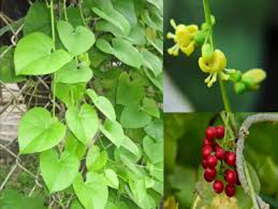
Guduchi (Tinospora cordifolia)15,16
Tinospora cordifolia, also referred to as Guduchi, belongs in the Menispermaceae family, is a significant natural herbal shrub in ayurvedic medicine. Guduchi is regarded as a nectar plant and is known by the Sanskrit term amrita for its immune-stimulating, cleansing, and revitalizing qualities.17 It grow in many tropical and subtropical nations, including Bangladesh, Thailand, Indonesia and Malaysia, as well as the Philippines, Burma, India, Sri Lanka, China, Philippines, and South Africa. Guduchi's roots, stem, bark, and leaves are all edible and medicinally significant portions of the plant. This herb contains a variety of beneficial biomarkers, including tinosporaside, tinosporine, magnosporine, berberine, choline, jatrorrhizine, palmatine, beberine, giloin, giloinsterol, and other phytochemicals classified as alkaloids, glycosides, aliphatic compounds, diterpenoids, sesquiterpenoids, phenolic compounds, steroid and polysaccharides, etc. Guduchi is used to treat gout, diabetes, skin conditions, fever, headaches, jaundice, and colds.18 The herb has been assessed more thoroughly in modern medicine, and most recently, the medication has been used to lessen the side effects of chemotherapy.
Satavari (Asparagus racemosus)19,20,21, 22
Asparagus racemosus, commonly known as shatavari belongs to the family of Liliaceae. This species is widely distributed in subtropical and tropical regions like India, Asia, Australia, and Africa. It goes by the name "herb queen" as well. A. racemosus helps to regulate sexual behaviour and used to treat neurological disorders, hepatopathy, tumors, dyspepsia, and high cholesterol and triglyceride levels. It also helps to increase milk secretion in nursing mothers. It also helps to balance the vata and pitta, improve reproductive and digestive health, help with diabetes mellitus, and lower stress levels. Steroid-derived saponins are its main component. Isoflavones, polysaccharides, asparagamine, mucilage, and several forms of vitamins viz. A, E, B1, B2, C, elements like Fe, Ca, Mg and P and folic acid are all found in roots of this plant.
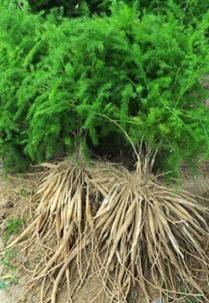
Sunthi (Zinziber officinale)23-25
Ginger (Zingiber officinale Roscoe) is an important medicinal plant, widely cultivated in all over the world including South East Asia, India, Mexico, West Indies, China and other countries of the world. In Ayurveda, Sunthi has been defined as Vishvabhesaj, the universal medicine. It is enriched with various phenolic compounds, terpenes, polysaccharides, lipids, organic acids, and raw fibers which make them useful in gastrointestinal, cardiovascular and sexual disorders. Different biomarker compounds like amaldehyde, sogaol, paradol, gingerol etc. are present in Ginger. Sunthi has various biological and pharmacological activities like anti-inflammatory, antimicrobial, antioxidant, anticancer properties.

Satapuspa (Anethum sowa)26, 28
Anethum sowa Roxb. ex Fleming (Syn. Peucedanum sowa Roxb. ex Fleming) belongs to the Family of Apiaceae, is one of the most important aromatic medicinal plant. This plant is widely distributed in subtropical and hot regions of Asia, especially in India, Bangladesh and Pakistan and some European countries. In many Asian and European countries in our India, it is used as a spice for food flavouring. This is also used as medicine in Ayurveda for treatment of stomach-pain, indigestion, hiccups, menstrual disorders, insomnia, flatulence, etc. Essential oils obtained from whole plants and seeds of this plant are used in cosmetics and food preparation industry.27
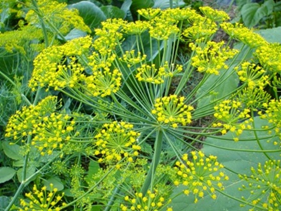
Aswagandha (Withania somnifera)29, 30
One of the most important traditional Rasayana herb is Withania somnifera (L.), used from the ancient times. In modern medicinal system this medicinal plant is called as the “Indian ginseng” or “Indian Winter Cherry”. This medicinal plant is mainly used for the treatment of stress, hypertension, asthma, diabetes, cancer etc. This plant also worked against many neurological and psychological disorders like attention deficit hyperactivity disorder Parkinson’s disease, Alzheimer’s disease, Huntington’s disease, amyotrophic lateral sclerosis, bipolar disorder, anxiety, schizophrenia etc. It is also used as brain tonic and memory enhancer.
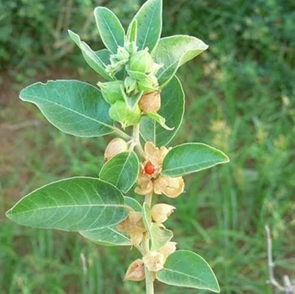
Hapusa (Juniperus communis)31,32
Hapusa (Juniperus communis) is one of the important herbal medicines, used from ancient time. It belongs to family of Cupressaceae. This plant is majorly obtained in Europe, South Asia, and North America. Various types of biomarker compounds like ?-pinene, ?-pinene, campesterol, limonene, apigenin, sabinene, ?-sitosterol, cupressuflavone, and many others are present as active phytocompound. From pharmacological studies, it is reported that this plant has various biological activities like antidiarrhoeal, anti-inflammatory, astringent, and antiseptic. Traditionally this medicine is used for the treatment of various abdominal disorders.
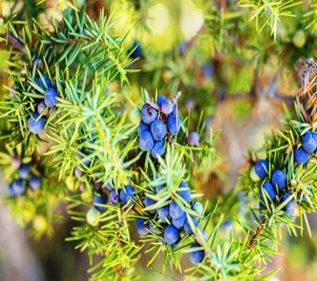
Vriddhadarak (Argyreia nervosa)34,35
One of the important local health folklore and traditional Ayurvedic medicine is Argyreia speciosa (Linn.f.) (Family: Convolvulaceae, Synonyms: Argyreia nervosa), also known by the common name Vidhaara. It is the big climber that may be observed up to 500 meters above sea level in India. A. speciosa has a wide range of pharmacological activities, including central nervous system depression, nematocides, anticancer, aphrodisiac, antiviral, antidiabetic, analgesic & anti-inflammatory, antioxidant, antidiarrheal, and antiulcer properties. The main ingredients in its seeds viz. lysergamides, eragine, and isoeragine—are responsible for its hallucinogenic effects.
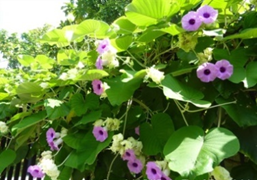
Yamani (Trachyspermum ammi)36,37
Trachyspermum Ammi, commonly known as Ajacine or Ajwain, is an importamt traditional medicinal plant with Egyptian origins belongs to the family of Apiaceae. Though this plant mostly grown in Rajasthan and Gujarat, it is found throughout India. Its pharmacological properties have been demonstrated to include antifungal, antihypertensive, antispasmodic, antioxidant, cytotoxic, hypolipidemic, antimicrobial, antinociceptive, bronchodilating, antilithiasis, diuretic, abortifacient, antitussive, nematicidal, anthelmintic, and antifilarial properties. Additional research indicates the existence of a variety of phytochemical components, primarily glucose, glycosides, phenolic compounds, saponins, and volatile oils like thymol, para-cymene, ?- and ?-pinene, ?-terpinene,), protein, fat, fiber and mineral matter lik Ca, P, Fe etc and nicotinic acid. Due to its stimulant, antispasmodic, and carminative qualities, the fruit has long been used as a major treatment for flatulence, diarrhea, loss of appetite, abdominal tumors, piles, atonic dyspepsia, abdominal aches, bronchial issues, galactogogue, asthma and amenorrhea.
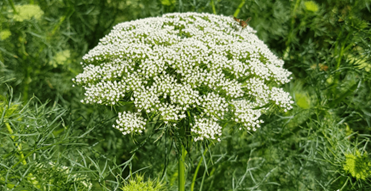
Ajmoda (Apium leptophyllum)38,39
Apium leptophyllum Pers. (family: Umbelliferae) is also referred to as Ajamoda, found in South America, Queensland, India, Sri Lanka, Pakistan, and the tropics. The fruit has long been utilized as a carminative, antinephritic, antirheumatic and preventive measure against tumors, anorexia, vomiting, colic pain, and mitch. Thymol presents half of the essential oils in the seed. Several other phytocompounds like ?-sitosterol, stigmasterol, pentacosanol, 1-nonadecanol, 8-hydroxy cuminic acid, corosolic acid etc are present in the fruit of Ajmoda. Strong antioxidant qualities have been demonstrated by the seeds, in addition to a host of other pharmacological qualities including antimicrobial, antifungal, anti-diabetic, anti-inflammatory, anti-diarrheal, antiasthmatic, and anti-cancer effects. List of bioactive phytocompounds present in individual plants parts drug and biological activities are shown in Table 3.
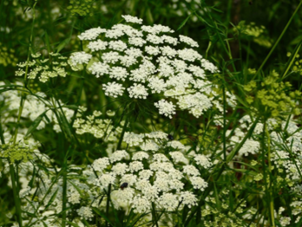
Table 3: Bioactive compounds in the Ingredients of Abhadya Churna


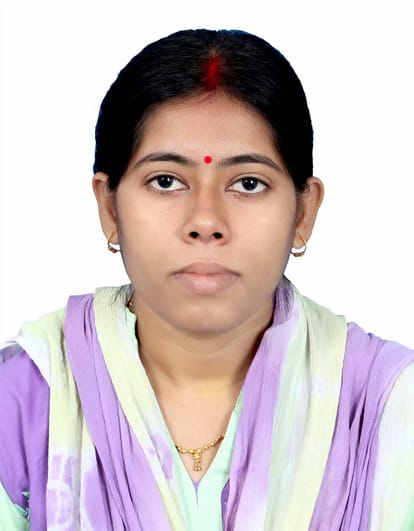 Dr. Susmita Mondal*
Dr. Susmita Mondal*
 Manosi Das
Manosi Das











 10.5281/zenodo.14733089
10.5281/zenodo.14733089